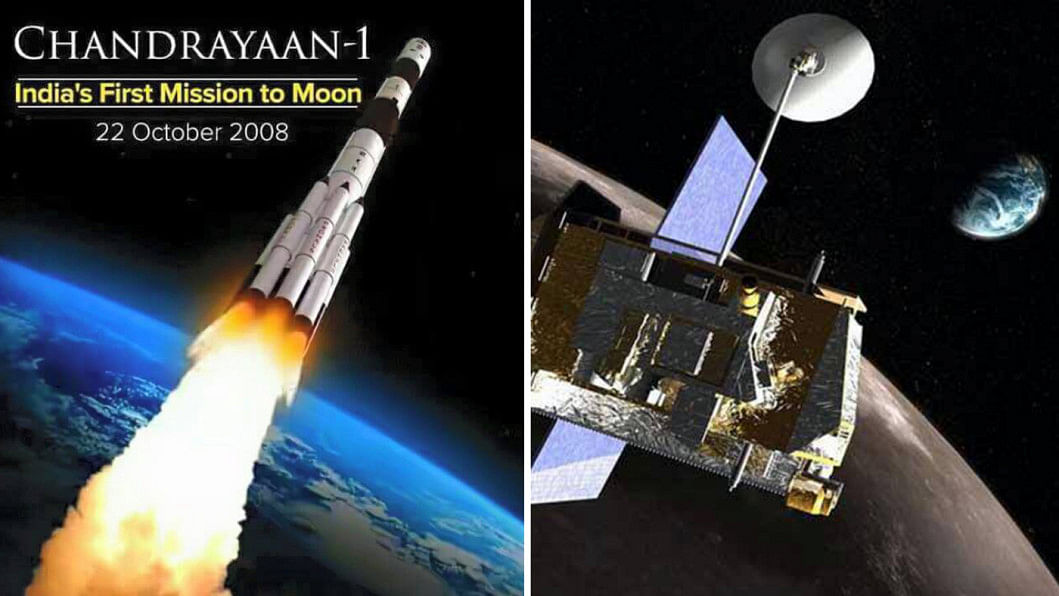NASA finds India's lost lunar rover after 8 years

NASA has found India's first lunar probe Chandrayaan after it lost contact with ISRO in 2009.
India's first lunar probe - Chandrayaan-1 spacecraft - which was considered lost is still orbiting the moon, NASA scientists have discovered. The Indian Space Research Organisation (ISRO) lost communication with Chandrayaan-1 on August 29, 2009, almost a year after it was launched on October 22, 2008.
But scientists at NASA's Jet Propulsion Laboratory (JPL) in California have located the spacecraft still circling some 200 kilometres above the lunar surface using a new ground-based radar technique.."We have been able to detect NASA's Lunar Reconnaissance Orbiter (LRO) and the Indian Space Research Organisation's Chandrayaan-1 spacecraft in lunar orbit with ground-based radar," said Marina Brozovic, a radar scientist at JPL and principal investigator for the test project. "Finding Chandrayaan-1 required a bit (of) detective work because the last contact with the spacecraft was in August of 2009," said Brozovic.
The Chandrayaan-1 spacecraft is very small, a cube about 1.5 meters on each side - about half the size of a smart car. To find a spacecraft 380,000 kilometres away, JPL's team used a 70-metre antenna at NASA's Goldstone Deep Space Communications Complex in California to send out a powerful beam of microwaves directed towards the moon.
The radar echoes bouncing back from lunar orbit were received by the 100-meter Green Bank Telescope in West Virginia.Finding a derelict spacecraft at lunar distances that has not been tracked for years is tricky because the moon is riddled with mascons (regions with higher-than-average gravitational pull) that can dramatically affect a spacecraft's orbit over time, and even cause it to have crashed into the Moon. With Chandrayaan-1, the radar team utilised the fact that this spacecraft is in polar orbit around the Moon, so it would always cross above the lunar poles on each orbit. On July 2 last year, the team pointed Goldstone and Green Bank at a location about 160 kilometres above the Moon's north pole and waited to see if the lost spacecraft crossed the radar beam.
Chandrayaan-1 was predicted to complete one orbit around the Moon every two hours and eight minutes. Something that had a radar signature of a small spacecraft did cross the beam twice during four hours of observations, and the timings between detections matched the time it would take Chandrayaan-1 to complete one orbit and return to the same position above the Moon's pole. The team used data from the return signal to estimate its velocity and the distance to the target. This information was then used to update the orbital predictions for Chandrayaan-1.
Chandrayaan operated for 312 days as opposed to the intended two years but the mission achieved 95 percent of its planned objectives.
Among its many achievements, the greatest achievement was the discovery of the widespread presence of water molecules in the lunar soil.
Copyright: The Statesman/ Asia News Network

 For all latest news, follow The Daily Star's Google News channel.
For all latest news, follow The Daily Star's Google News channel. 



Comments